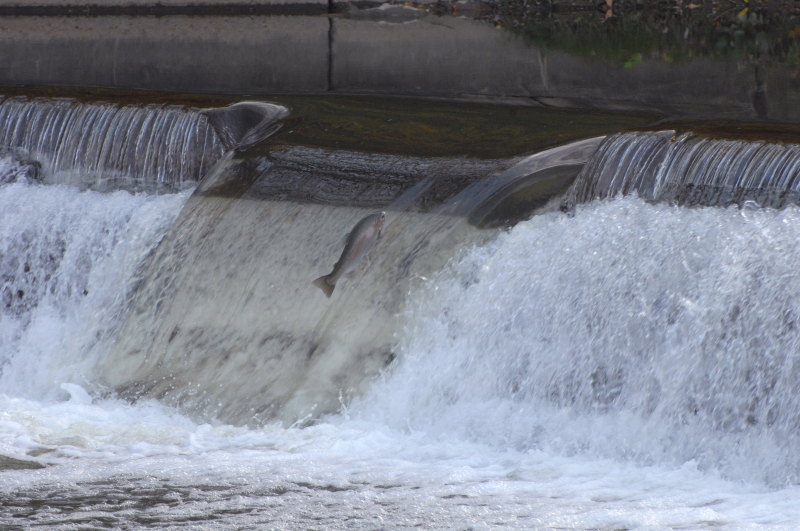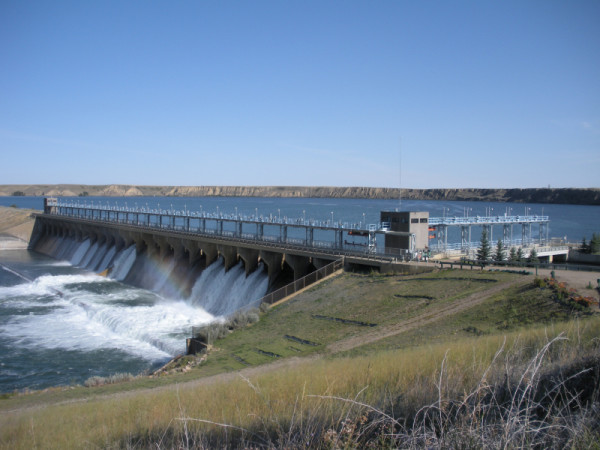Fish get lost, and that's a concern. Here's why.
For Canada Water Week, March 21 to 27, explore freshwater issues at the heart of WWF-Canada’s work.
Written by Catherine Paquette, Associate Specialist, Freshwater Health Assessments
Imagine trying to find your way, but the route is impassable at every turn. This is a reality for all sorts of freshwater species.
People often prefer predictable river flows and water levels and try to limit natural events like floods and droughts by using dams. Dams, however, can change the natural flows of rivers, changing the quantity and quality of water received, and can also alter the flow of nutrients essential for aquatic fauna and flora. Dams, roadways and railways can disconnect areas such as floodplains and wetlands to their natural water sources, impacting all species calling them home.
River fragmentation is the loss of connectedness between freshwater habitats and can impact many aspects of freshwater ecosystems. Fish and other aquatic species using creeks, streams and rivers to roam, eat and reproduce often find their way blocked by dams, as well as roads and rail crossings.
The presence of barriers such as dams can impact fish migration. Some fish species are known to travel significant distances to reproduce and obstacles such as dams hinder or prevent spawning. Fragmentation can also result in isolated fish populations, lowering genetic diversity and viability.
WWF-Canada’s Watershed Reports assesses the threat fragmentation poses to Canada’s watersheds. More remote watersheds, with lower population densities, are significantly less threatened than watersheds with large urban centrals. The Skeena watershed in British Columbia has a low threat score indicating limited threat from fragmentation, meaning its water bodies retain a healthy level of connectedness. Watersheds in areas with more development, such as the Great Lakes, the St. Lawrence and the St. John River, score high or very high fragmentation threat levels. These scores indicate aquatic ecosystems are at risk of being significantly impacted and modified due to the presence of dams, roads and/or rail crossings.
What can be done?
It’s not all bad news. Though fragmentation is a serious threat to healthy freshwater ecosystems, there are several ways of minimizing the impact dams, roads and rail crossings have on local freshwater ecosystems. Though not always ideal, properly created culverts can allow water, nutrients and some species to traverse road and rail crossings. The concept of environmental flows seeks to ensure the quantity, quality and timing of water that streams and rivers receive is sufficient to sustain healthy ecosystems. What is most important is to keep our watersheds in mind during planning and development.



